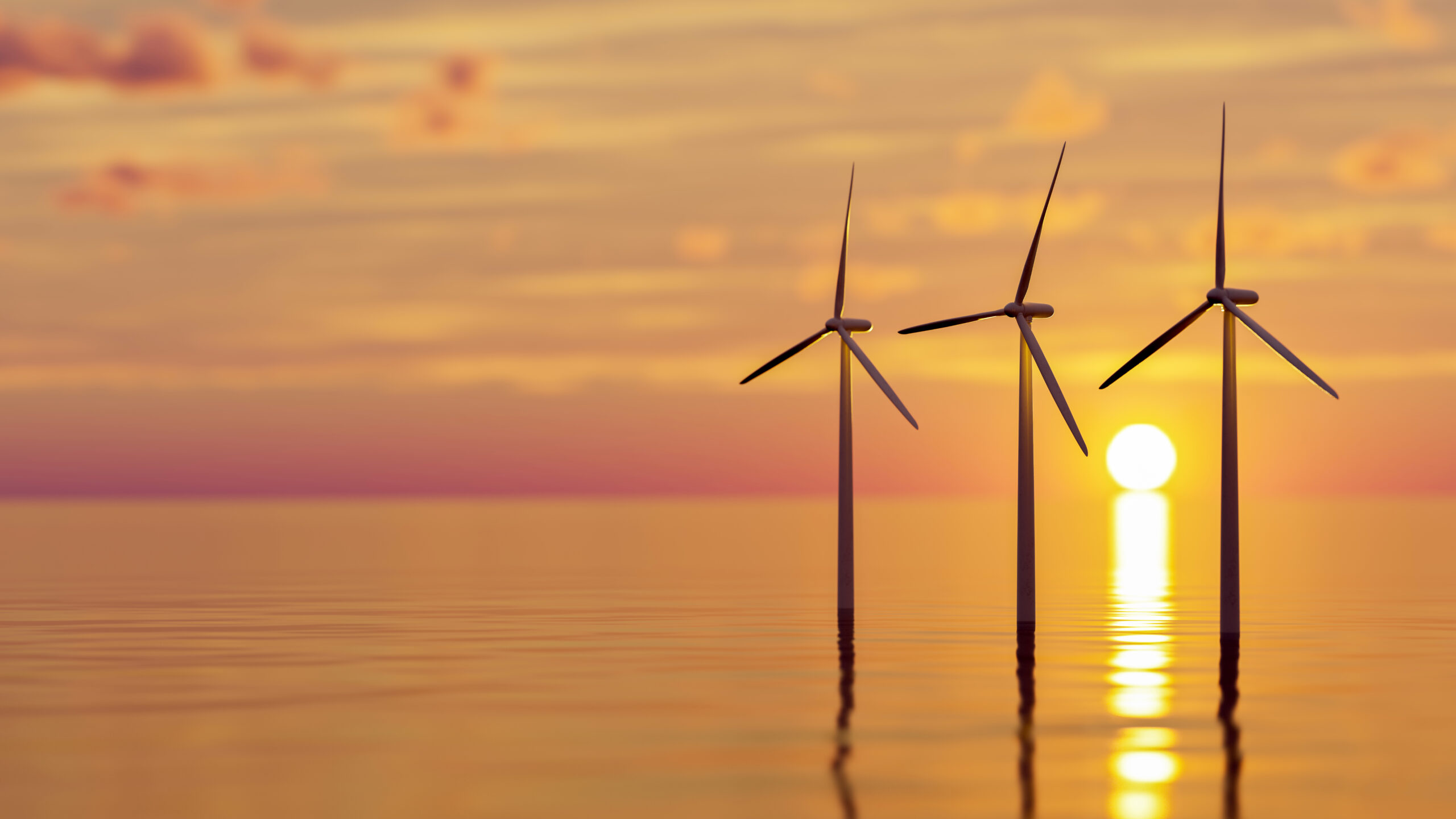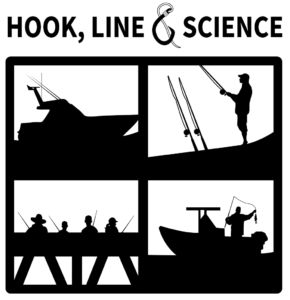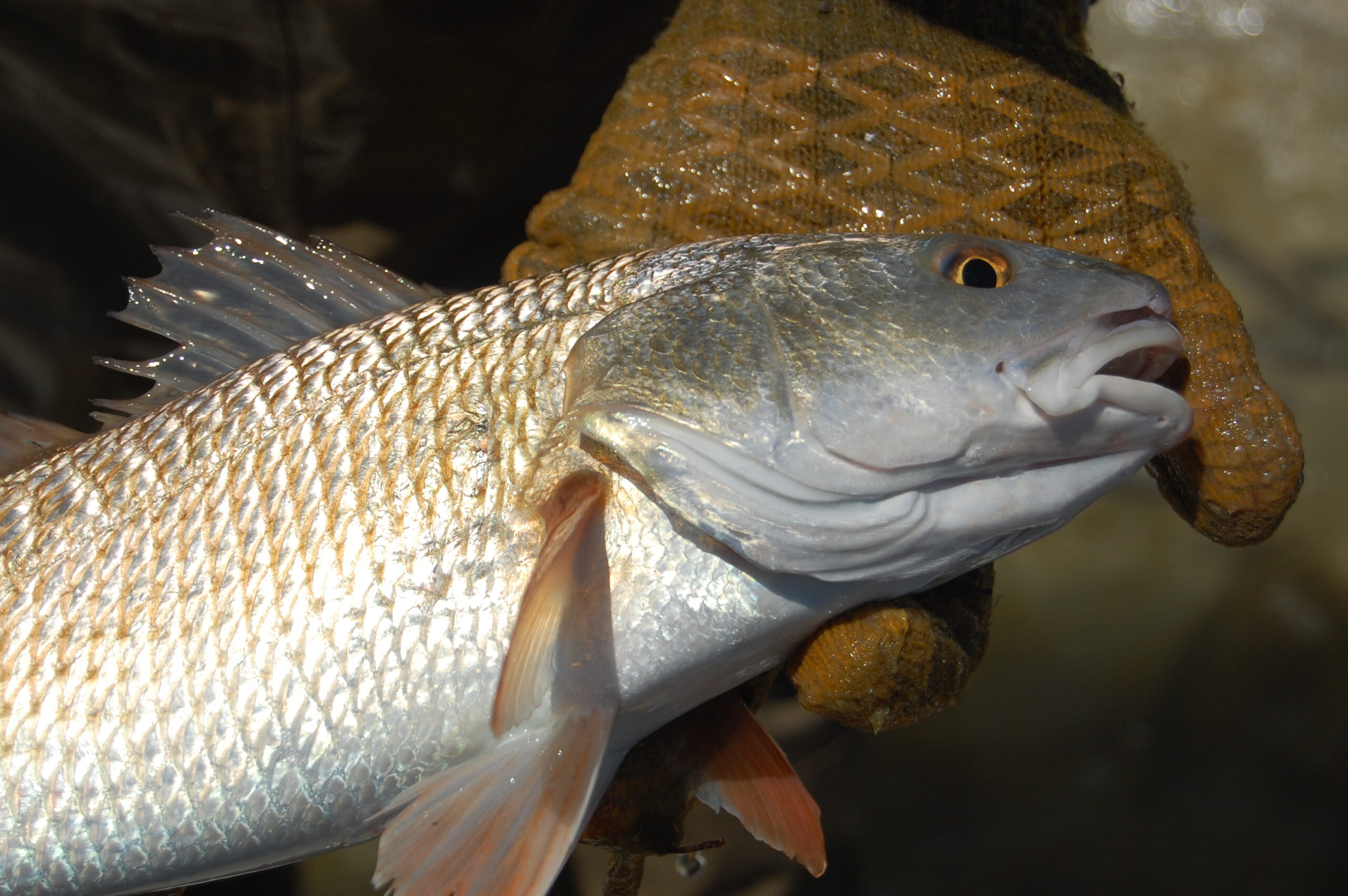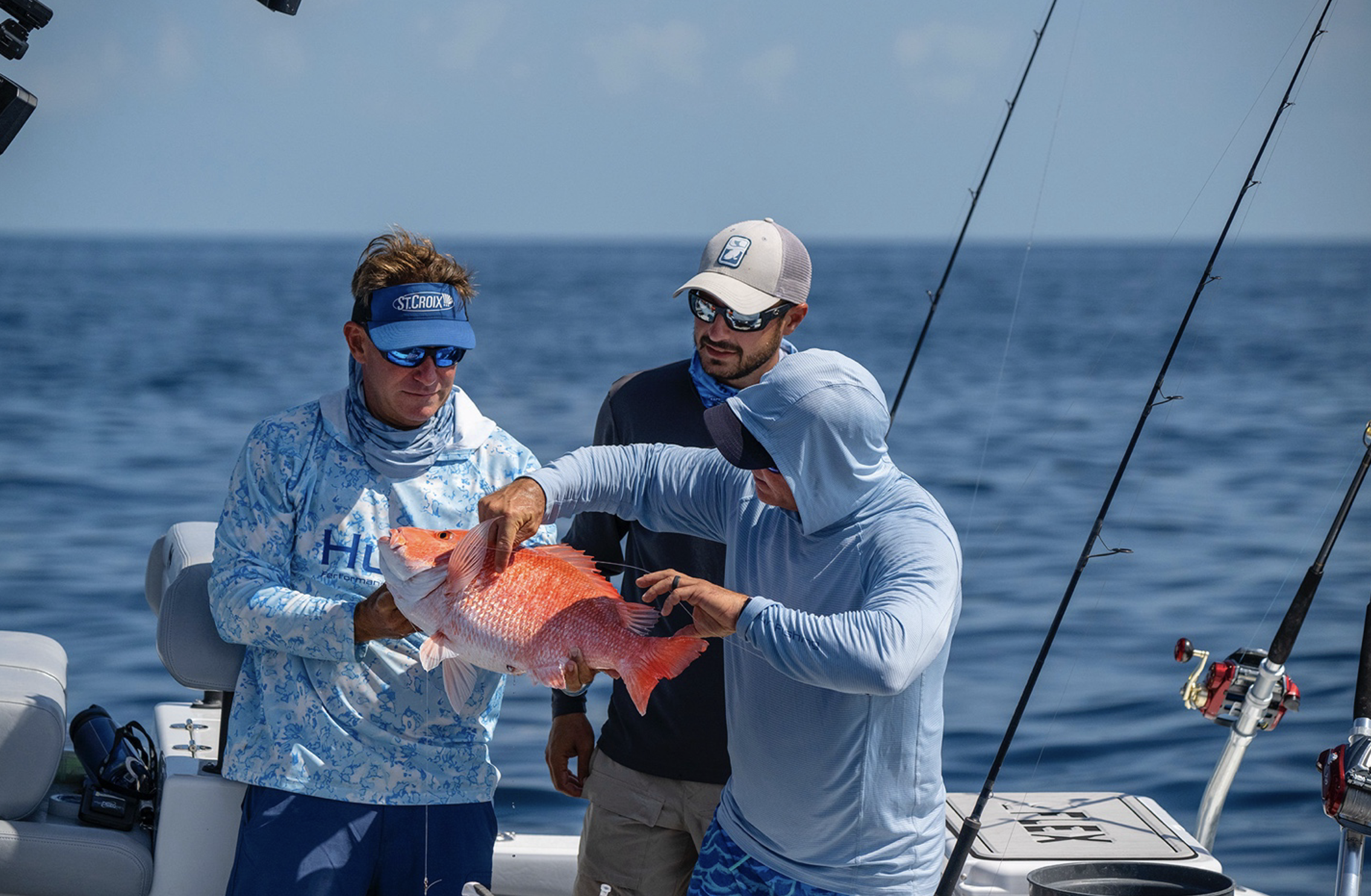What Fish Can We Expect to See at the East Coast’s Offshore Wind Farms?

Red snapper love the Gulf’s oil and gas platforms — but another species in particular might enjoy the coming East Coast wind farms.
Research Need
During my time at Louisiana State University, I took fishing trips 10-30 miles offshore in the northern Gulf of Mexico and bottom-fished next to many oil and gas platforms. With more than 3,500 oil and gas platforms in the Gulf, fishing next to one is commonplace. Anglers know that these structures hold fish — and that the types of fish present depend somewhat on the depth of the platform and distance from shore.
One fish species that is synonymous with Gulf oil and gas platforms is the bottom-dwelling red snapper.
However, the East Coast is pretty much devoid of similar offshore structures — except for a few outposts like Frying Pan Tower — but rapid construction of offshore wind farms is on the horizon. Some projections suggest that thousands of structures will be installed within 10 years’ time.
What type of fish can we expect to see around East Coast offshore wind farms, given that most of the leased area is relatively close to shore and in waters less than 200 feet deep? What can we learn by studying the East Coast’s first offshore wind farm, Rhode Island’s Block Island Wind Farm, which sits 3.5 miles offshore in 100 feet of water?
What did they study?
Over the course of four days in 2021, researchers acoustically mapped out the area below surface around Block Island Wind Farm and then used hook-and-line fishing to try and catch the fish that were responsible for signal backscatter or “marks” at the most promising spots.
The survey crew attempted to get as close as possible to the platform base (a four-legged, steel “jacket” structure, similar to those that the oil and gas industries use) without having the acoustic signal interfere with the structure.
What did they find?
The research team mostly caught black sea bass (22 all told, ranging from 9 to 18 inches) — and believed the species was responsible for most of the acoustic signals they had received when mapping.
In addition, the team captured four bluefish, one Scup and one Little Skate. There were undoubtedly more types of fish around, but time, bait types, and fishing techniques limited the number of species they could catch.
Anything else?
The acoustic data revealed that beyond one-tenth of a mile from a turbine, there was no noticeable increase in fish abundance. However, there were times when fish abundance near structures was similar to fish abundance hundreds, if not thousands of feet away.
Turbines could act as fish aggregators at scales up to hundreds of feet — but effects beyond that may be sporadic.
So What?
This study only looked at one small but established offshore wind farm near Rhode Island. The planned offshore wind farm off North Carolina will be substantially bigger, with more turbines over a much larger area.
What will be the impact of that effort?
Reading
For updates on all things about offshore wind energy, including potential impacts to fisheries, consider subscribing to the free monthly newsletter put together by Rhode Island Sea Grant.
Jech, J. Michael, Andrew Lipsky, Patrick Moran, Guillaume Matte and Gabriel Diaz. “Fish distribution in three dimensions around the Block Island Wind Farm as observed with conventional and volumetric echosounders.” Marine and Coastal Fisheries. Volume15, Issue5, October 2023. https://doi.org/10.1002/mcf2.10265
Funding was provided by the NEFSC Wind Development Program.
BY SCOTT BAKER.
The text from Hook, Line & Science is available to reprint and republish at no cost, but only in its entirety and with this attribution: Hook, Line & Science, courtesy of Scott Baker and Sara Mirabilio, North Carolina Sea Grant.




